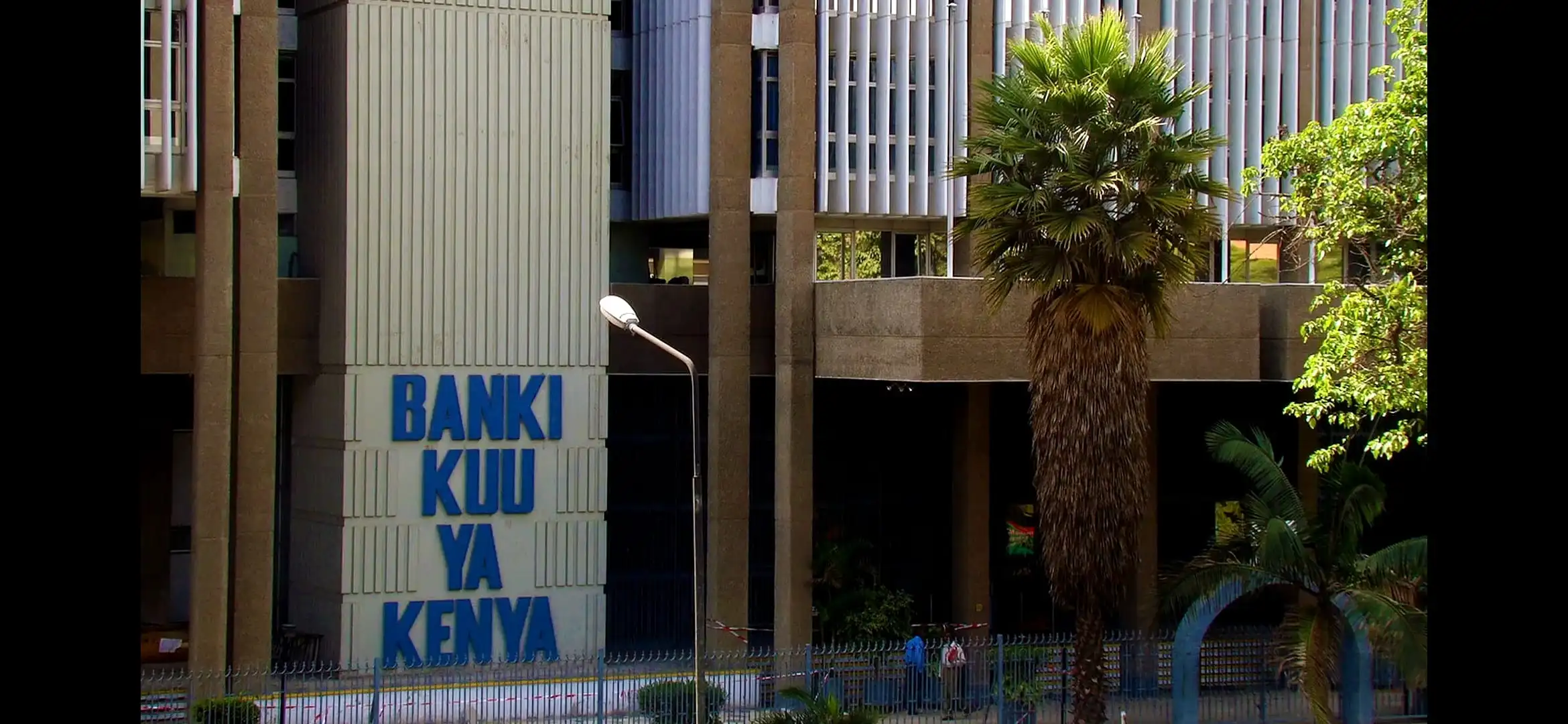Small banks find themselves grappling with a tightening grip on funding access as liquidity evaporates from the market.
The recent trend of drying liquidity has placed tier-three banks in a precarious situation, highlighting concerns over the stability of the financial ecosystem.
Average interbank rate, a critical indicator of market liquidity, surged to 17.38 per cent on August 3, marking a significant rise from the 14.84 per cent recorded on July 27.
Interbank rates
The implications of these rising interbank rates are multi-fold. Smaller banks, typically more reliant on interbank lending for their operational and lending activities, face increased challenges in securing affordable funding.
This phenomenon has the potential to disrupt their ability to meet customer demands and adequately support economic growth through lending to businesses and individuals.
“Commercial banks’ reserves stood at a shortfall of Sh4.7 billion in relation to the 4.25 per cent cash reserves requirement (CRR). Open market operations remained active. The average interbank rate was 17.38 per cent on August 3 compared to 14.84 per cent on July 27,” CBK said in its weekly bulletin.
“During the week, the average number of interbank deals decreased to 52 from 54 in the previous week, while the average value traded increased to Sh22.9 billion from Sh12 billion in the previous week,” said the regulator.
Data reveals a dual impact on interbank deals during the past week. While the average number of interbank transactions decreased slightly from 54 to 52 when compared to the previous week, the average value of these transactions witnessed a significant upswing.
The average value traded soared from Sh12.0 billion in the previous week to Sh22.9 billion, reflecting heightened activity as institutions attempt to navigate the evolving liquidity landscape.
The intricate interplay between regulatory changes, economic uncertainties, and shifts in investor sentiment has contributed to the current state of the market.




